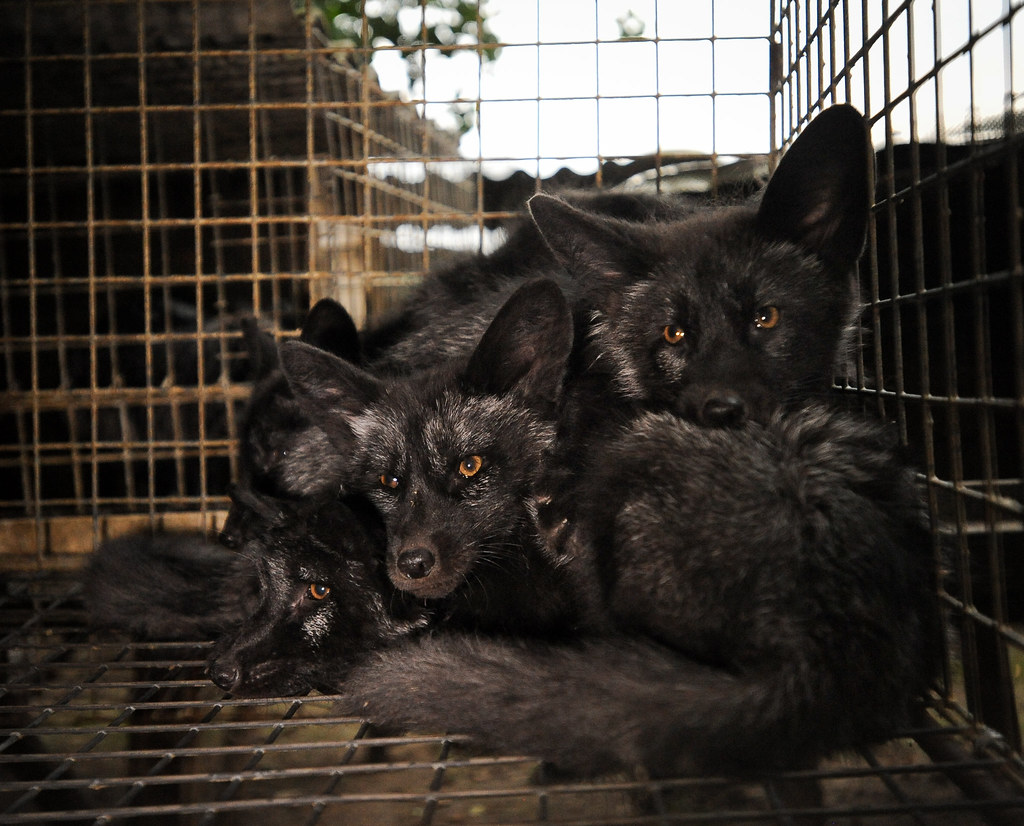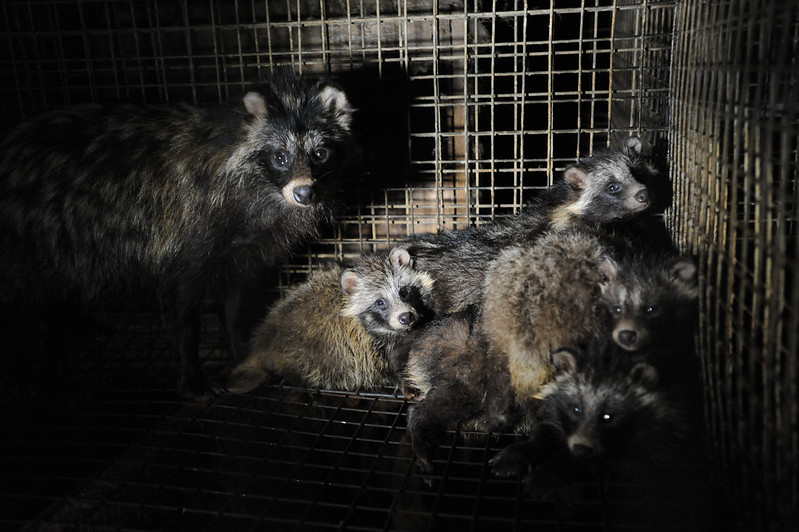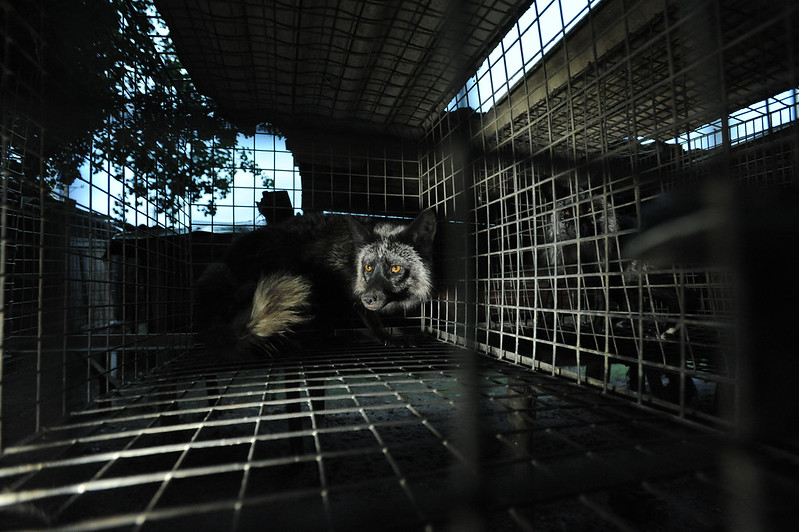Gucci's ban on fur shows designers don’t set the trends – we do
25 October 2017
The fashion giant’s decision to end their association with fur is good news, but other brands have already shown us the real future of fashion.
By Animals Asia Founder and CEO, Jill Robinson MBE
The first time I looked into the fur industry was many decades ago when I was in my twenties.
The reason? I had just bought a fur coat.
The shop assistant had told me the animals were humanely ranched and I took her at her word. But then I started to have doubts.
When I looked into the industry for myself I was dumbfounded with the cruelty and exploitation involved.
It wasn’t enough to take off the coat. I knew I had to act and went on to co-produce a Hong Kong Against Fur campaign in the early 1990’s together with the Hong Kong Society for the Prevention of Cruelty to Animals.
At that time, the anti-fur movement was becoming prominent in many countries such as the UK, where it was one of the first animal welfare issues to filter down into the public consciousness. As a result, the majority of people wouldn’t be seen dead in fur.
Of course they wouldn’t because the industry is indefensible.
Even today, millions of animals are killed for their fur annually all over the world and 85 percent of them will endure intensive factory farming conditions for the entirety of their short, painful lives.
On the farms we see the horrors of caging undeniably inherently wild animals in tiny wire cages – cannibalism, severe stereotypic behaviour, in-breeding, and animals slaughtered at months of age. Methods of slaughter can be particularly traumatic and include suffocation, gas, and poison, as well as anal and vaginal electrocution.
The 15 percent which are wild caught will live through intensely painful and terrifying conditions experiencing dehydration, blood loss, broken and missing limbs, drowning and shock – often for days – before meeting their end.
The International Fur Federation (IFF) puts the value of the industry at $40 billion – which goes some way toward explaining why major fashion labels such as Gucci have continued to use fur for so long.
But now even Gucci can see the writing on the wall.
Animal welfare awareness has exploded in recent years across many of fashion’s latest boom markets – such as China – and for a brand to still be selling fur in 2017 is horribly out of date.
The numbers back this up, with the IFF saying the markets in China, Japan and South Korea tripled in the decade following 2002, but began to slow in 2015.
When they announced their change of policy, Gucci said fur was “not modern”. And if there is one thing which is anathema to China today, it is this phrase.
So yes, it’s good that Gucci has ditched fur, but if it is really about animals and ending cruelty – then why stop there?
Like most fashion brands, Gucci still uses leather in their products, which is of course also the skin of dead animals who would much rather be alive.
Contrary to statements by the industry, leather cannot be simply written off as a by-product of the meat industry. Like meat, it is produced to meet market demand.
If the movement against fur has taught us anything it is that brands will continue to use leather in their designs until consumers around the world make it clear to them that they don’t want animals to suffer for fashion.
What this makes clear is that we have the power to affect change. Business responds to us. We set the trends.
It isn’t brands that are turning away from fur and leather – it’s people. The brands are just reacting to our change.
Now we need to show them that we want them to do more.
It is simply not necessary to wear fur, leather, mohair, angora, cashmere, silk or any other animal product. And for those of us who believe that each and every animal cherishes their one life as dearly as we do our own, cruelty-free alternatives are everywhere.
From Stella McCartney’s fur and leather-free clothes to Miomojo’s ethically produced vegan bags, today we all have a choice. And if we make it clearly and consistently, then brands will recalibrate their behaviour to match our wants.
Like the brands, all of us are on a journey. Some have come to accept that fur is unethical and made changes in their lives, and haven’t yet extended that same logic to other animals. Some have. Some are somewhere in-between.
I would never tell a friend who had recently decided to adopt a vegetarian diet that their latest step wasn’t enough and criticise them for not being vegan. Instead, I say well done – buy them a soy latte and encourage on-going awareness towards a perfectly happy dairy-free life
Gucci – which is also a collection of people – deserves the same. So really well done, Gucci. I’m pleased that you’ve ditched the fur – but wait till you see Miomojo's new bags.
All the images in this article were taken by award-winning photographer Jo-Anne McArthur. Jo-Anne is the creator of the “We Animals” project, documenting the plight of animals on all seven continents. Her most recent book, “Captive” was released in July this year by Lantern Books.
BACK











